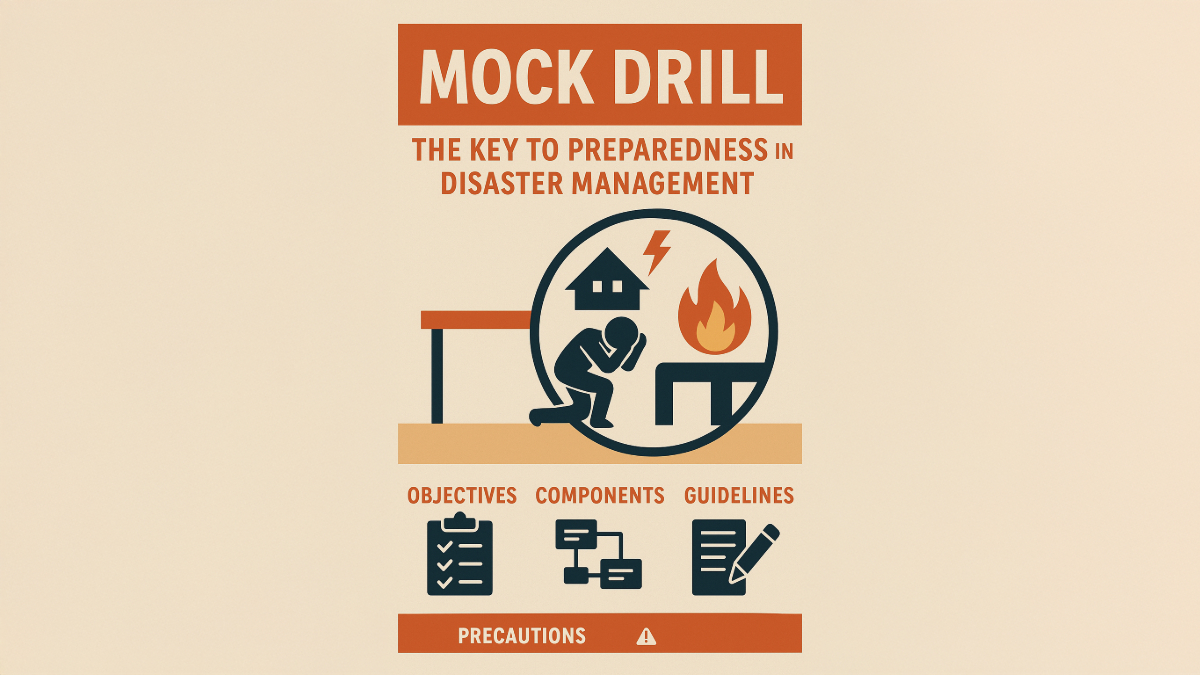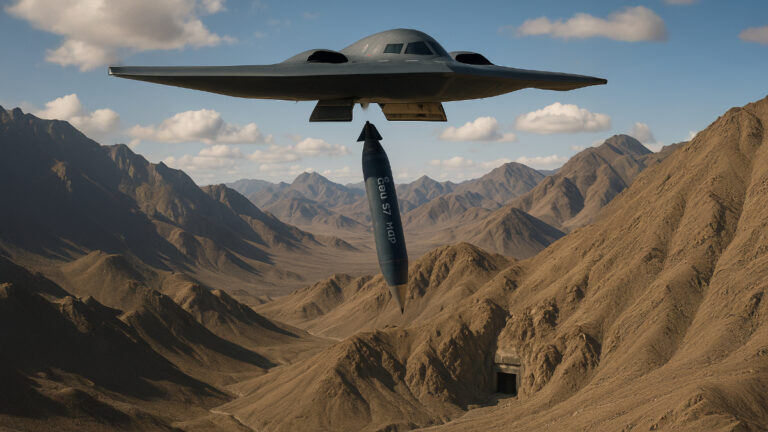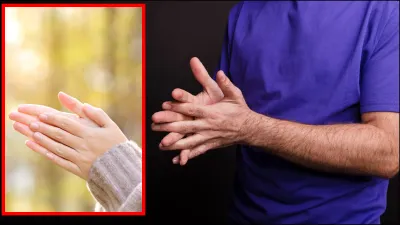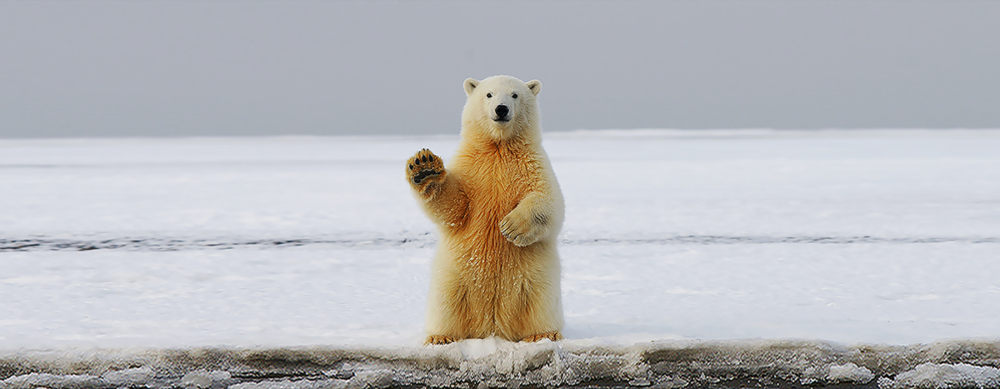Mock Drill is a pre-planned practice activity designed to test and improve preparedness during any kind of emergency or disaster. It acts like a rehearsal that simulates real-life conditions, allowing individuals, institutions, and authorities to understand what actions to take and how to act during incidents like fire, earthquake, floods, bomb threats, or industrial accidents. Through mock drills, the response time and effectiveness of individuals and systems are evaluated.
Main Objectives of a Mock Drill
- Preparedness for Immediate Response
The purpose of mock drills is to train individuals, employees, students, and citizens to take quick and safe actions in emergency situations. - Testing Communication Systems
Mock drills assess how information will be communicated during emergencies, such as whom to contact, which helpline to use, and how to inform the relevant authorities. - Resource Availability Check
The availability and functionality of resources like fire exits, first aid kits, fire extinguishers, and alarm systems are evaluated during the drill. - Identifying Weaknesses
The drill helps discover weaknesses or gaps in emergency plans so they can be corrected ahead of time.
Key Components of a Mock Drill
- Pre-Planning
The type of emergency scenario, date, time, location, and responsible personnel are all decided in advance. - Role Allocation
Specific roles are assigned to participants such as fire safety officer, security in-charge, first aid provider, communication officer, etc. - Alarm and Signal Systems
The alarm signal (like sirens, bells, or announcements) that triggers the start of the drill is clearly predefined. - Evacuation Process
The drill includes practicing how quickly and safely people can evacuate a building or area. - Assembly Point
All participants are guided to gather at a designated safe area, and attendance is recorded. - First Aid
Simulated treatment is given to those “injured” in the scenario to practice emergency medical response. - Debriefing Session
After the drill, a review meeting is held to evaluate the performance and discuss improvements.
Important Instructions for Mock Drill Participants
- Stay Calm and Do Not Panic
Everyone is advised to remain calm and composed during the drill to ensure it proceeds smoothly. - Follow the Designated Routes
Use only the pre-decided evacuation routes. - Do Not Use Elevators
Especially during fire or earthquake drills, the use of elevators is strictly prohibited. - Report to the Assembly Point
Participants must reach the designated safe zone and mark their attendance. - Do Not Re-enter Without Permission
No one is allowed to go back inside the building until authorities declare it safe. - Cooperate and Maintain Discipline
Discipline and cooperation are key to the success of any mock drill.
Precautions During a Mock Drill
- Avoid Creating Panic
Panic can cause injuries; remaining calm is essential. - Help the Disabled and Children
Special attention should be given to people with disabilities and young children. - Do Not Rush – Walk Carefully
To prevent stampedes or falls, everyone should move carefully and in an orderly manner. - Avoid Carrying Heavy Items
Only essential items should be carried during evacuation. - Do Not Spread Rumors or Misinformation
In emergency scenarios, only verified information should be shared. - Attend Training Before Participation
Basic training in safety and first aid should be provided before any drill.
What Should We Do During a Mock Drill?
- Listen Carefully and Follow Instructions
It’s crucial to follow the instructions given by safety officers or instructors. - Evacuate Quickly but Safely
Move out swiftly without causing panic or chaos. - Show Teamwork
Help colleagues or fellow participants if needed and act in a spirit of cooperation. - Take the Drill Seriously
A mock drill is not just a formality—it’s a critical part of safety preparedness. - Provide Feedback After the Drill
Suggest improvements and share any difficulties experienced during the drill.
A mock drill is not just a test of systems but a real-life exercise to mentally and physically prepare people for emergencies. It ensures that when an actual disaster strikes, the damage to life and property can be minimized. If conducted regularly with proper training and planning, mock drills can help develop a strong culture of safety and preparedness in institutions and society.
(Disclaimer: The information given here is based on general information.)





































